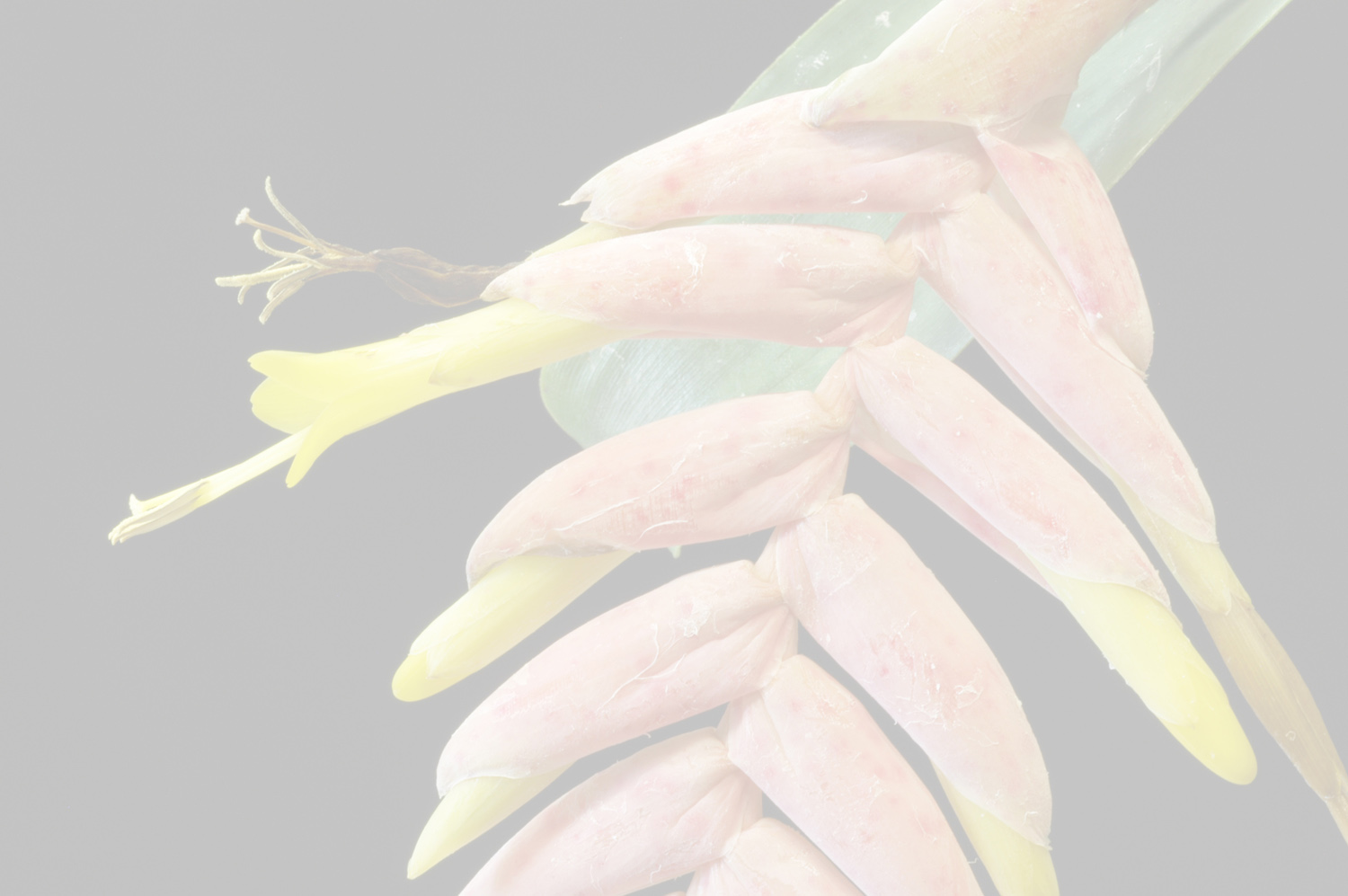Vriesea hydrophora Ule
Literature references:
*move your mouse pointer over the page numbers to see comment
Comments:
- Nowadays there still exist innumerable species of bromeliads practically unknown not only by collectors but by botanists as well. This condition exists despite the fact that large numbers of them were presented to science approximately l00 years ago. These gaps in botanical knowledge are the result of the drastic transformation of the original collection areas with the extinction of populations that used to live there, or the lack of studies in the regions where these species probably occurred. It is not only the small species that go unknown for decades. It is not rare for large species such as Vriesea hydrophora and V. pastuchoffiana to reflect this situation. Both of them were recently found again in the wild and introduced into cultivation.
Vriesea hydrophora was originally described by Ernst Heinrich Ule in 1899,1 based on a specimen collected in Nova Friburgo, State of Rio de Janeiro. Years later, a specimen was found by Brade and Abendroth in the mountainous Teresopolis region relatively close to the original site. It was collected once again recently in that same area.
In the Teresopolis area, this species lives in the cloud forest at altitudes over 1200 meters. It is epiphytic, but in the higher parts of these mountains it lives terrestrially, protected by a shallow, low, tree-like vegetation. When in blossom, this species may reach 2 meters in height and in spite of the mostly greenish yellow of its inflorescence the bracts are extremely shiny, a condition that gives it uncommon beauty. —See J. Bromeliad Soc.

